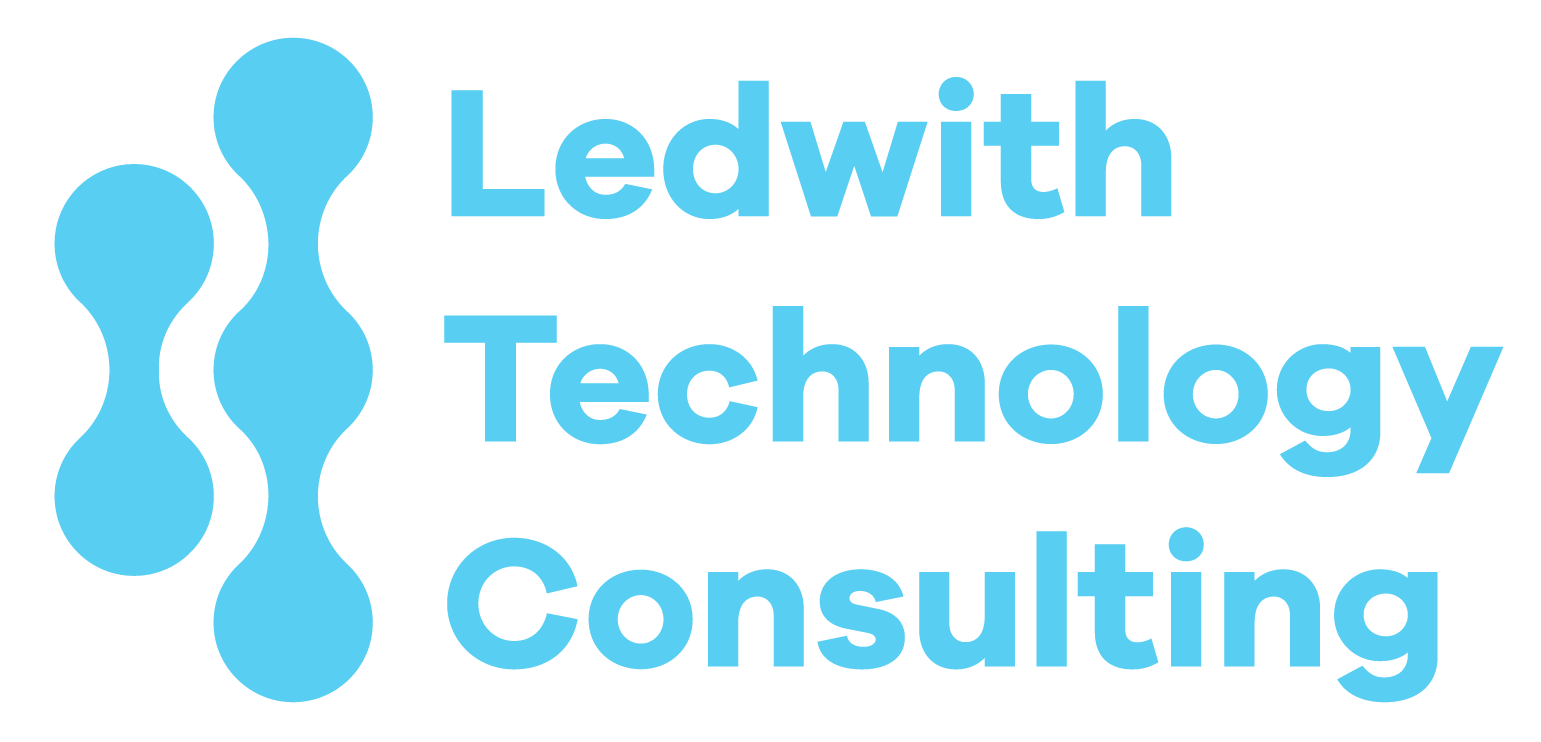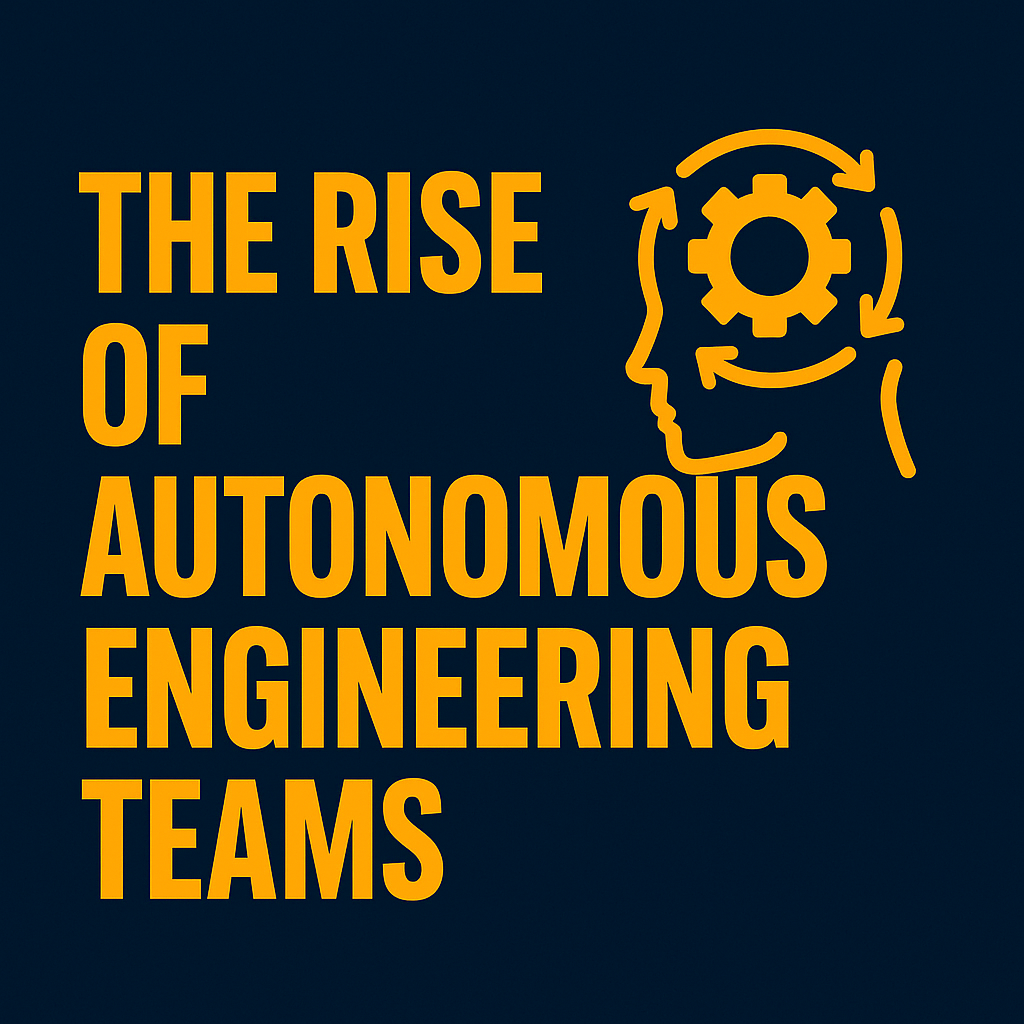By Stephen Ledwith July 23, 2025
Autonomous engineering teams are reshaping the way technology organizations deliver value. Let’s explore real-world case studies from leading tech companies, showcasing both successes and challenges, to understand the impact of scaling autonomous teams.
Spotify: Squads, Tribes, Chapters, and Guilds
Spotify’s engineering culture is often cited as the blueprint for autonomous teams. Their Squad model empowers small, cross-functional teams to own specific features end-to-end. Squads align with Tribes (related groups), Chapters (discipline-based communities), and Guilds (interest-based communities) to balance autonomy with knowledge sharing.
- Learn more: Scaling Agile @ Spotify
Netflix: Freedom and Responsibility Culture
Netflix fosters autonomy through a culture of freedom and responsibility, trusting teams to make decisions while maintaining high expectations. Teams have the authority to choose their tech stack, tools, and architecture to best meet their needs.
- Learn more: Netflix Culture Deck
Google: Site Reliability Engineering (SRE)
Google’s Site Reliability Engineering (SRE) model balances autonomy with accountability by giving teams ownership of reliability while setting clear service level objectives (SLOs). SREs collaborate closely with development teams to ensure systems meet performance and reliability targets.
- Learn more: Google SRE Book
Atlassian: Team Playbook
Atlassian’s Team Playbook encourages self-organizing teams using plays like the Health Monitor and Roles and Responsibilities workshops to align on goals and accountability. This fosters autonomy and empowers teams to adapt their workflows.
- Learn more: Atlassian Team Playbook
Key Takeaways
These case studies demonstrate that autonomous teams thrive when supported by:
- Clear goals and alignment with organizational objectives.
- Empowering culture that balances freedom with responsibility.
- Transparent frameworks for accountability.
- Shared knowledge and collaboration across teams.
Next Up: Integrating modern CI/CD, Infrastructure as Code, and automation to support autonomous teams.
Reflection Prompt: Which case study resonates most with your current team structure? How can you apply these lessons to empower your teams while maintaining alignment?


